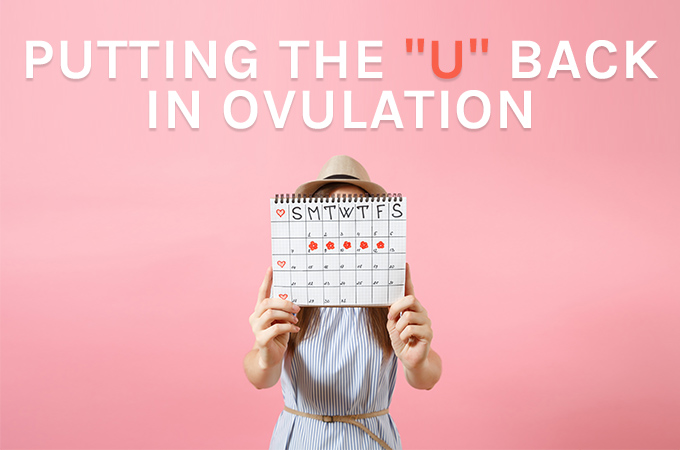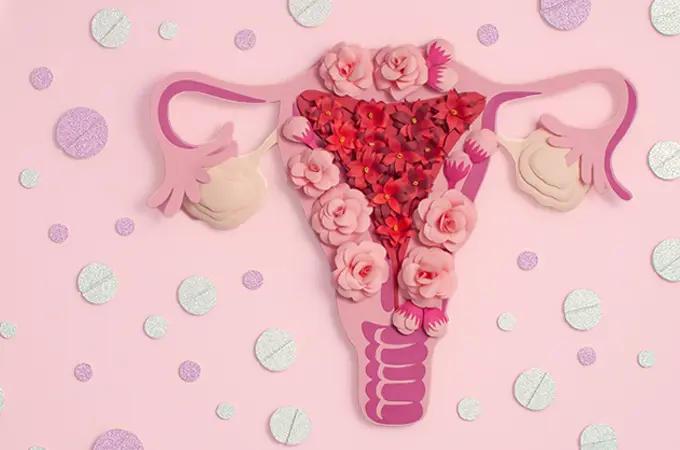It’s a concept we’ve all learned, yet probably know very little about. You may be able to define it, but when it comes time to mark your calendar, you can’t quite remember how it works even though it’s essential to becoming pregnant. You’re not the only woman without a clear understanding of what ovulation is, so SGF Richmond physician, Dr. Michael Edelstein spoke with TODAY.com to answer common questions about your fertility window.
Let’s start from the beginning.
What is Ovulation?
Ovulation is the stage during a woman’s menstrual cycle when a mature egg is released from the ovary and enters the Fallopian tubes, where it either becomes fertilized with sperm or disintegrates. For women who have regular cycles, ovulation will typically occur 14 days before the start of your next period.
During this time a woman’s luteinizing hormone (LH) surges.
Your “fertile window” is generally 6 days leading up to and ending on the day of your ovulation, so in order to optimize pregnancy, it’s important to know your body’s schedule.
How Do I Know When I’m Ovulating?
“Examining your LH levels is an effective way to measure your ovulation cycle since the hormone is only released right before you ovulate. Ovulation predictor kits can be used to gauge these LH spikes,” says Dr. Edelstein. “It is possible to have the LH surge but not actually ovulate, but if you’re having regular menstrual cycles, you’re probably ovulating.”
That surge happens about 24 hours prior to an egg releasing, so when the LH surges, that is the optimal time to conceive.
By testing your urine on the predictor strips each day, you can accurately track your cycle and plan sex with your partner accordingly.
Alternatively, you can use your temperature to monitor your ovulation. Some women see a brief rise in temperature right after they ovulate and can use this metric to predict next month’s cycle. Though this method isn’t as reliable as the predictor kits, it can still provide you with a general window of when to have intercourse.
Within one cycle, you have around 3 to 5 days to take advantage of your most fertile period. This is why it’s suggested that you have sex every 24 to 48 hours leading up to ovulation. “We believe a woman is fertile probably a couple days before she ovulates and maybe a day or so after she ovulates,” says Dr. Edelstein. Sperm can also live in a female’s body for a number of days, meaning that even after a woman ovulates she still has the ability to become pregnant.
What’s the Likelihood of Pregnancy during Ovulation?
There are plenty of factors to consider when it comes to conception; therefore, the chances of getting pregnant vary for each couple. A fertile woman in her 30s only has about a 15 percent chance of conception each month, so it’s expected that you continue trying for a number of months before being successful. Timing is everything when it comes to ovulation, but it’s not easy getting it right every month. Women under the age of 35 who have normal menstrual cycles and have been having unprotected intercourse without conception for 1 year are recommended to see a fertility specialist for an evaluation. Women who are 35-39, an evaluation is recommended after 6 months, and women who are 40 and older, should see a specialist after 3 months or right away.
If you do not have a normal menstrual cycle and/or are having trouble conceiving, a very simple fertility evaluation will help determine if you are ovulating or if there are other factors. Shady Grove Fertility’s team of dedicated New Patient Liaisons is available to answer your questions and schedule a consultation with a physician. Call 877-971-7755 or fill out this brief form.






